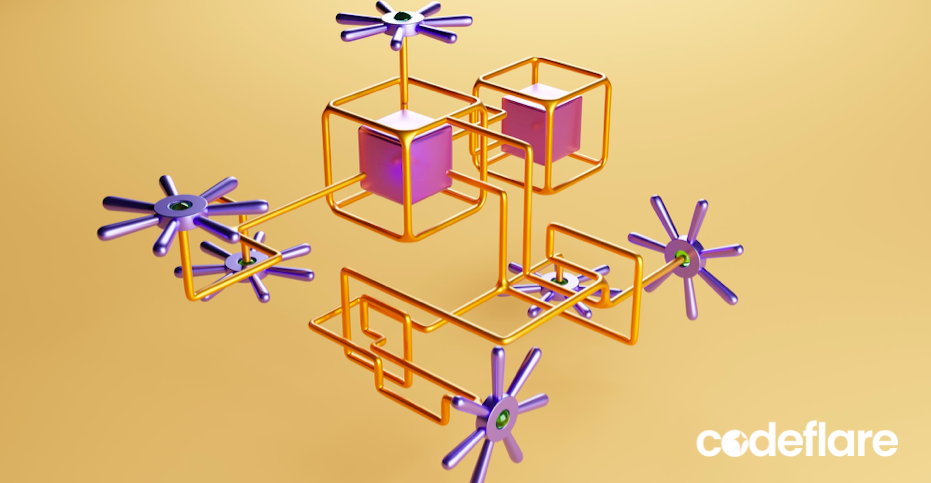In the software development industry, serverless computing is a hot new trend that has captured conversations and industries. From general understanding to specific use cases, by the end of this article you’ll understand what serverless computing is and why it matters.
Introduction to Serverless Computing
Serverless computing is a cloud-computing execution model in which the cloud provider runs the server, and dynamically manages the allocation of machine resources. Servers are provided on an as-needed basis, which can scale elastically to match demand, eliminating the need for capacity planning.
The term “serverless” can be misleading, since servers are still involved. The key difference is that users don’t have to manage or provision these servers themselves; instead, all of that is done by the cloud provider. The benefit of this model is that it can save organizations time and money by removing the need to manage infrastructure.
Serverless computing is still relatively new, and its usage is growing as more companies move to the cloud. In 2018, Gartner predicted that by 2020, more than one third of all new enterprise applications will be built using serverless architectures.
If you’re considering moving to a serverless model, it’s important to understand both the benefits and the challenges. In this article, we’ll give you an overview of serverless computing and provide some resources for further reading.
How does serverless computing work?
Serverless computing is a cloud-computing execution model in which the cloud provider dynamically manages the allocation of machine resources. This means that serverless code can be run on-demand, without the need for provisioning or managing servers.
In a serverless model, you write code and deploy it to a cloud platform, which then runs the code on a managed runtime environment. Your code is hosted and executed on demand, so you only pay for the compute time used. This makes serverless an attractive option for event-driven applications or workloads that are unpredictable or have infrequent use.
Serverless platforms abstract away the underlying infrastructure and provide APIs that your code can call to access services such as storage, databases, messaging, and more. This means you don’t have to worry about provisioning or managing servers, or configuring low-level infrastructure components.
The most popular serverless platform currently is AWS Lambda, which was launched in 2014. Other options include Google Cloud Functions and Azure Functions.
What are the benefits of serverless computing?
Serverless computing is a cloud-computing execution model in which the cloud provider automatically manages the allocation of machine resources. This means that developers can design, run, and scale their applications without having to worry about configuring or managing servers.
There are many benefits to using serverless computing, including:
- Reduced operational costs: With serverless computing, you only pay for the resources your application uses, instead of paying for idle capacity. This can lead to significant cost savings, particularly for applications with sporadic or unpredictable traffic patterns.
- Increased scalability: Serverless applications can automatically scale up or down in response to changes in demand, meaning that you don’t have to overprovision capacity or worry about underutilized servers.
- Improved availability: Since there are no servers to manage, there’s no risk of server downtime due to maintenance or unexpected outages. This can improve the availability of your application and help ensure that it can meet peak demand.
- simplified architecture: Serverless architectures are typically event-driven and composed of small, independent components that communicate via APIs. This can make them easier to design and deploy than traditional monolithic architectures.
What other technologies might benefit from serverless computing?
Serverless computing can benefit any technology that is based on event-driven architecture, or that would benefit from a pay-per-use model. This includes but is not limited to:
- IoT devices and applications: Event-driven architecture is perfect for IoT devices, which often generate a large number of small events. With serverless computing, these devices can be designed to only pay for the processing power they use when an event occurs, rather than paying for a always-on connection to the cloud.
- Chatbots and other conversational interfaces: These applications are also event-driven, and can often be written using serverless functions such as AWS Lambda. By using a serverless approach, developers can save on both infrastructure costs and development time, as they only need to worry about code for the individual events rather than managing an entire server.
- Real-time data processing: Serverless architectures are well suited for real-time data processing applications, as they can scale quickly and efficiently to meet changing demands. This makes them ideal for applications such as social media analytics or monitoring stock prices.
When is it not a good choice?
Serverless computing is not a good choice when you need low latency or high throughput. It is also not a good choice if you want full control over your environment and need to customize your deployment.
Conclusion
The term “serverless computing” is still relatively new, but it’s a concept that is quickly gaining traction as more and more businesses move to the cloud. Serverless computing allows businesses to run their applications without having to worry about provisioning or managing servers. This can save businesses a lot of time and money, which is why serverless computing is becoming so popular. If your business is considering making the move to the cloud, then you should definitely look into serverless computing as an option.
What is Edge Computing?


